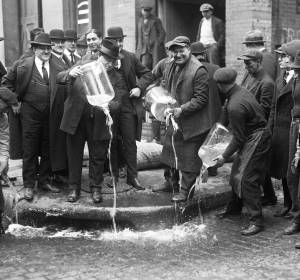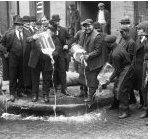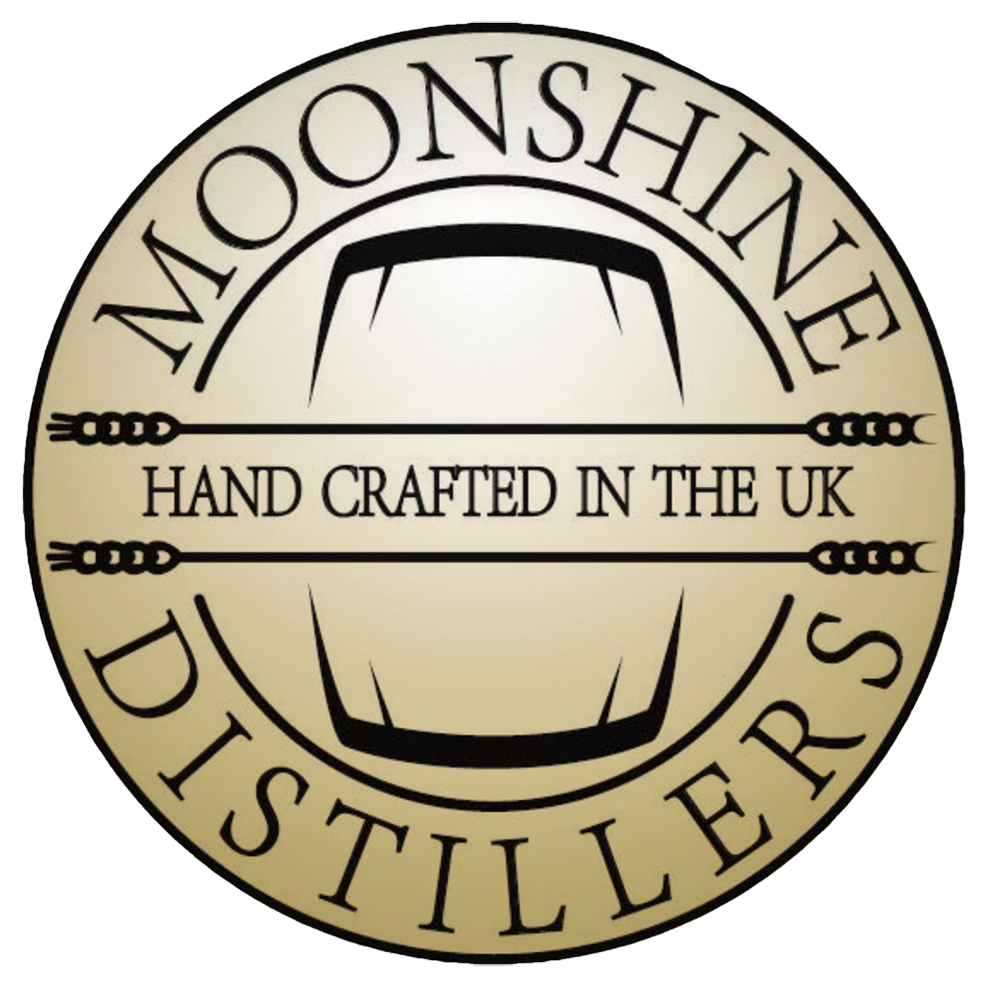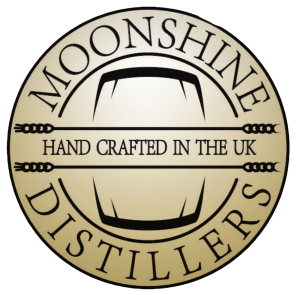Prohibition 1920 – 1933
The Anti Saloon League and Women’s Temperance Movement. Social movements against the consu that are blended mption of alcohol beverages who had popularized the belief that alcohol was the major cause of most personal and social problems called for Prohibition and in 1920 the Eighteenth Amendment to the U.S. Constitution was enacted that took away license to do business from the brewers, distillers, vintners, and the wholesale and retail sellers of alcoholic beverages. Prohibition in the USA was designed to reduce drinking by eliminating the businesses that manufactured, distributed, and sold alcoholic beverages. It reduced drinking by up to 75% but there were many Americans that were against any form of prohibition.

Up to the time of Prohibition, the American liquor brewing industry was experiencing record sales with some towns and states having saloons for every 150 people, including none drinkers, making the brewers open even more saloons to keep their profits up. Their saloon keepers allowed prostitution, gambling and racketeers and their criminal activities in their saloons to help increase liquor sales. On the 29th of January 1920, all this came to an end leaving the opportunity for gangsters, moonshiners and other criminals elements to enter the illicit underground liquor supply.
Prohibition, the prosperity of the roaring twenties with the money it generated led directly to organised crime. The same large and politically connected gangs from New York, Philadelphia, Cleveland, Boston, Detroit, Chicago and New Orleans that controlled gambling, prostitution, extortion, thefts, and narcotics since the early to mid-19th century, now controlled bootlegging operations across America in the 1920s. with gangsters and mobsters Al Capone, Bugs Moran, Machine Gun Kelly , John Dillinger, Jack McGurn and Johnny Torrio to name just a few. The mainly Irish, Jewish, Italian and Polish immigrants that had begun to organize themselves after World War I, continued their criminal activities with the start of Prohibition and began to meet the great demand for beer and liquor that
came from citizens, speakeasies and blind pigs that sprang up across America overnight. The rivalry between the gangs caused gang warfare all protecting their illegal enterprises, Moon Shining, Boot Legging that supplied their Speakeasy’s and Blind Pigs illicit drinking clubs that also house brothels from which they earned millions of dollars. It is claimed Al Capone had earned over a hundred million dollars from moon shinning, bootlegging, brothels and other racketeering. Well over a billion in today’s money. 
In Chicago the gang war between the Italian, South Side Gang of Johnny Torrio and Al Capone and the Irish, North Side Gang of Dean O’Banion and George “Bugs” Moran had become legendary by the mid-1920s. These two powerful gangs fought for control of the criminal rackets and Prohibition-era operations in Chicago and its surrounding areas, in what the media called “The Beer Wars”. These two dominant gangs influenced other, smaller criminal groups in the Chicago underworld who lined up behind one of the two gangs in the war. The two gangs and their allies had been taking shots at each other since 1920, but the war officially started with the November 10, 1924 assassination of Irish, Northside boss Dean O’Banion in his Northside flower shop. The war brought added law enforcement and media attention.


Public outrage came to a head when Italian, Southside boss Al Capone finally wiped out part of the North Side Gang with the St. Valentine’s Day Massacre. At 10:30 a.m. on Valentine’s day Thursday, February 14, 1929, seven men were murdered, lined up facing towards a wall in a garage at 2122 North Clark Street, in the Lincoln Park neighbourhood of Chicago’s North Side. They were shot by four men using weapons that included two Thompson submachine guns. Two of the shooters were dressed as uniformed policemen, while the others wore suits, ties, overcoats, and hats. Witnesses saw the fake police leading the other men at gunpoint out of the garage after the shooting. Bugs Moran as late and avoided being shot and lived until 1957. Because of the outcry of the St., Valentine’s Day Massacre President Hoover ordered the Federal Government to indict Capone on tax evasion. Al Capone became public enemy no 1. In 1931 with the help of Elliot Ness and his team known as the Untouchables Al Capone was arrested and indicted on 22 counts of tax evasion. Unable to plea bargain and the Trial Judge stopping Capone from intimidating and bribing the jury by switching them at the very last moment Capone was sentenced to 11 years in jail. His first 2 years in jail was n Atlanta but after being caught bribing the Prison Guards he was sent to the notorious Alcatraz island jail being released six and a half years later. Al Capone died in 1947.


